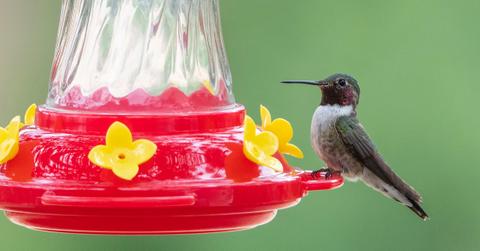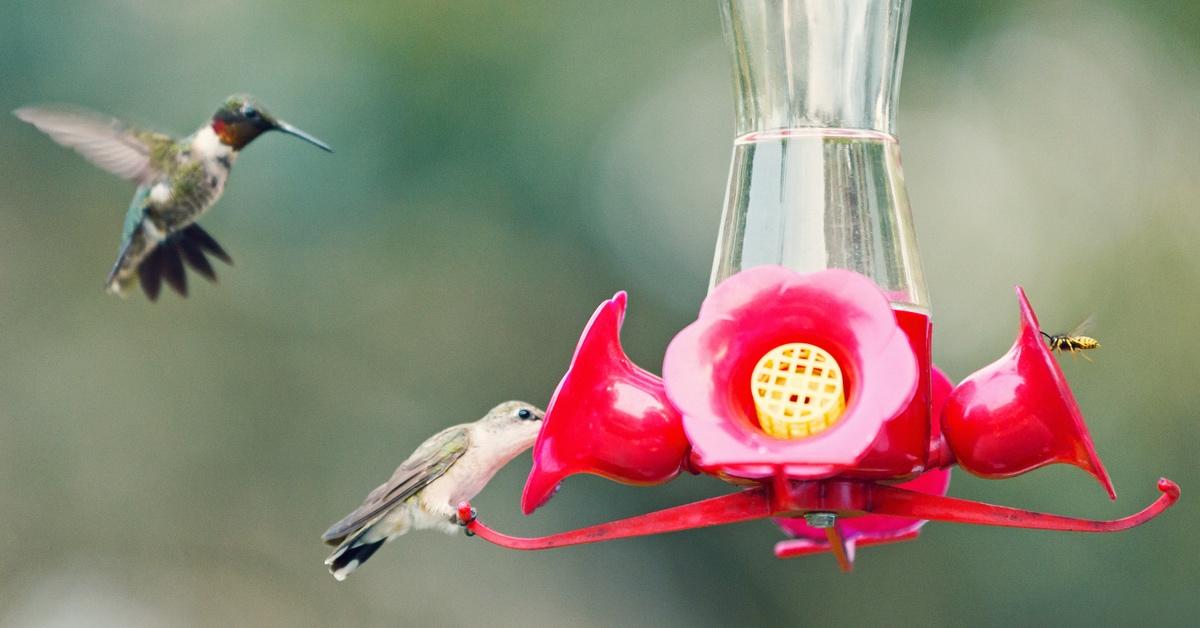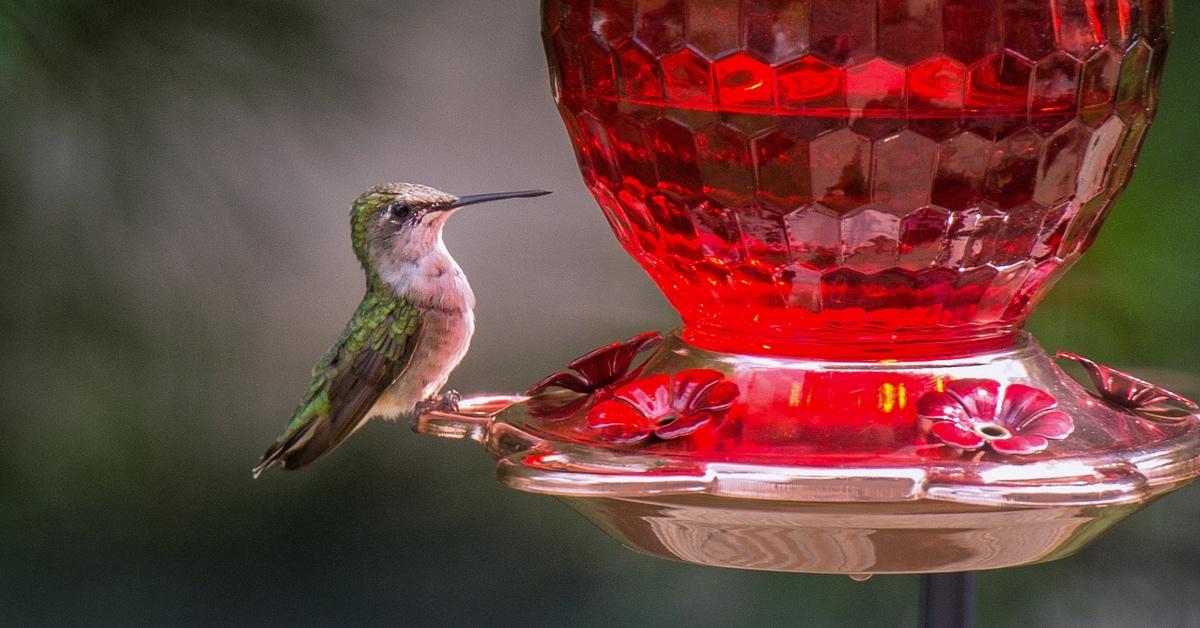The Best Places to Hang a Hummingbird Feeder Might Surprise You: 5 Tips
Hummingbirds are quite territorial and need certain parameters to thrive. Here are 5 ways you can make the most out of your outdoor garden space.
Published May 23 2024, 1:11 p.m. ET

Whether you're interested in attracting more pollinators to your garden or enjoy sitting outside and watching birds roam, bringing hummingbirds to your outdoor space is a low-maintenance way to have fun with nature. However, it's not always easy to attract hummingbirds — sometimes, bees attempt to muscle them out of the feeders!
So, what's the best place to hang a hummingbird feeder? Here are five easy tips for setting up your first (or fifth) hummingbird feeder this summer.

Here are the best places to hang a hummingbird feeder.
According to the National Audubon Society, hummingbirds must consume two to three times their body weight daily, which roughly translates to eating about 155,000 calories a day. As such, they are constantly needing to refuel.
The Nature Anywhere blog offers our first tip, which is to place hummingbird feeders in the sunshine, but not in direct sunlight — especially during hotter months as climate change cranks up the temperatures, you don't want heat to spoil the nectar inside the feeder.
Another tip comes from HGTV, which suggests placing hummingbird feeders where you can easily see them. This seems like a no-brainer, but half the fun of bird watching is the watching!
Hummingbirds are notoriously territorial, per the National Audubon Society, and don't hang around in flocks or even raise their families together. As a result, The Spruce suggests you place feeders away from other feeding stations so hummingbirds have privacy from other birds and each other.

The Spruce also suggests putting a feeder "within 10 to 12 feet of a protective cover" to provide shelter for hummingbirds in case of weather events like rain. You don't want water to get into the hummingbird feeder, as that could also dilute the nectar. Not to mention, if a hummingbird feeder leaks, bugs like ants and bees will follow.
Finally, the Nature Anywhere blog reminds aspiring bird watchers to keep feeders away from windows. While you might want a close-up view of the hummingbirds from the indoors, you don't want the birds to crash into the glass. You should also avoid hanging feeders over areas that are difficult for hummingbirds to access, like bushes. Being next to a nice tree or sheltered area for when predators come along is much better than being inside one.
Do I need any special food for my hummingbird feeder?
Although you may be tempted to buy pre-mixed solutions or something with red dye to attract the little birds, both are unnecessary. According to Real Simple, you should only use white, refined sugar to make nectar — brown sugar or honey is unnecessary. For more tips, see our article about DIY nectar!
How often should you clean a hummingbird feeder?
One TikTok user, @adventuresamiam, cautions would-be bird watchers that hummingbirds are dying because of improperly cleaned feeders. The user recommends plastic feeders, not glass, and to use white, refined sugar, as regular sugar has too much iron for the birds' needs.
Typically, the solution put in hummingbird feeders is a combination of sugar and water, so to avoid mold and bacterial growth, the National Audubon Society recommends emptying and cleaning them at least once every two weeks.
You should also do a deep clean at least once a month, HGTV advises. Do not use diluted bleach for cleaning like you would with a regular bird feeder — instead, use one part white vinegar to four parts water.